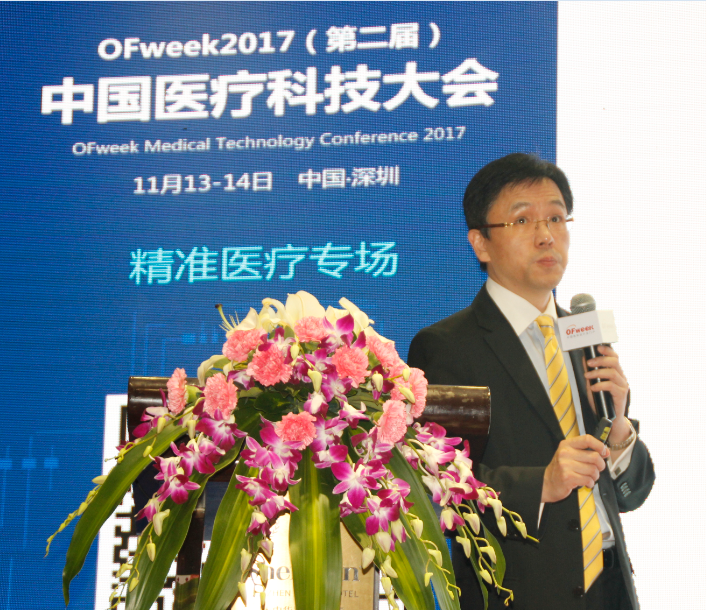OFweek Medical Technology News The arrival of robots has accelerated the pace of industrial 4.0 advancement and brought convenience to the medical field. In this context, robots are developing faster and faster in the medical field, and a series of robot products such as minimally invasive surgery robots and cell surgery robots have emerged, and in the future they will also contribute to the development of the entire medical industry .
On November 14th, the “OFweek 2017 (2nd) China Medical Technology Conference†hosted by OFweek China High-Tech Industry Portal and the High-Tech Association, and held by OFweek Medical Technology Network, was held in Shenzhen. In the keynote speech “Using Robotics to Realize Accurate Cell Surgeryâ€, IEEE Academician and Professor of the City University of Hong Kong Sun Dong focused on the application and development of cell surgery robots in the field of precision medicine . The following are some simple arrangements for the topic of Sun Dong’s speech. .

IEEE Fellow, Professor of Dongcheng City University, Sun Dong
Cell surgery robot development status
Cellular surgery robots are automated, visual and visual techniques that use micromanipulation tools to achieve precise manipulation at the cellular or subcellular level.
Regarding the development and current status of cell surgery robots, Academician Sun Dong said: "Cell robots have undergone major changes at the organ-to-cell level by repairing and integrating single cells, then amplifying millions of orders of magnitude and transmitting them through cells. The designated part." In the subsequent speech, Professor Sun Dong said that the lack of precision, low efficiency and low success rate of cell robot operation has become an urgent problem to be solved.
Problems with cell surgery
Cell surgery is actually repair and treatment at the cellular level. There are still many problems in cell surgery and cell therapy operations, such as lack of precision, low efficiency, poor consistency, low success rate and inconspicuous stereo vision. With the wide application of Da Vinci in human health, cell surgery is gradually using robot technology to achieve cell therapy at the cellular level, which can achieve high throughput, high efficiency, high success rate and 3D visual feedback. Robotics is applied to the level of cell surgery.
The first problem that needs to be solved now is to use cell robot technology to do cell therapy. What kind of operator should we use? In this regard, Academician Sun Dong detailed introduction: "The future operators will be divided into the following three, one, the laser operator, mainly through the robot to control the light particles in the body to track single cells; second, mechanical operators, such as Probe operation, which requires high precision, cannot be realized manually, and can only be completed by machine operation. Third, the electromagnetic operator mainly controls the robot through electromagnetic force to complete the operation.
Future development expectations
For the development of cell robots in the future, Academician Sun Dong has placed great hopes. Cell robots represent the forefront of the development of medical robots. Using automated diaphragms and microneedles for optomechanical operation, accurate cell repair operations can be achieved. Automated photoelectromagnetic operation enables precise cell delivery. We believe that the future application of cell-operated robots can greatly promote the development of precision medicine and regenerative medicine, especially for targeted treatment.
For more details, please pay attention to the follow-up reports of OFweek Medical Technology Network!
Salinomycin Anticoccidial,Salinomycin Veterinary Use,Salinomycin Feed Additives,Salinomycin Animal Medicine
Shandong Shengli Bioengineering Co., Ltd , https://www.shenglipharm.com